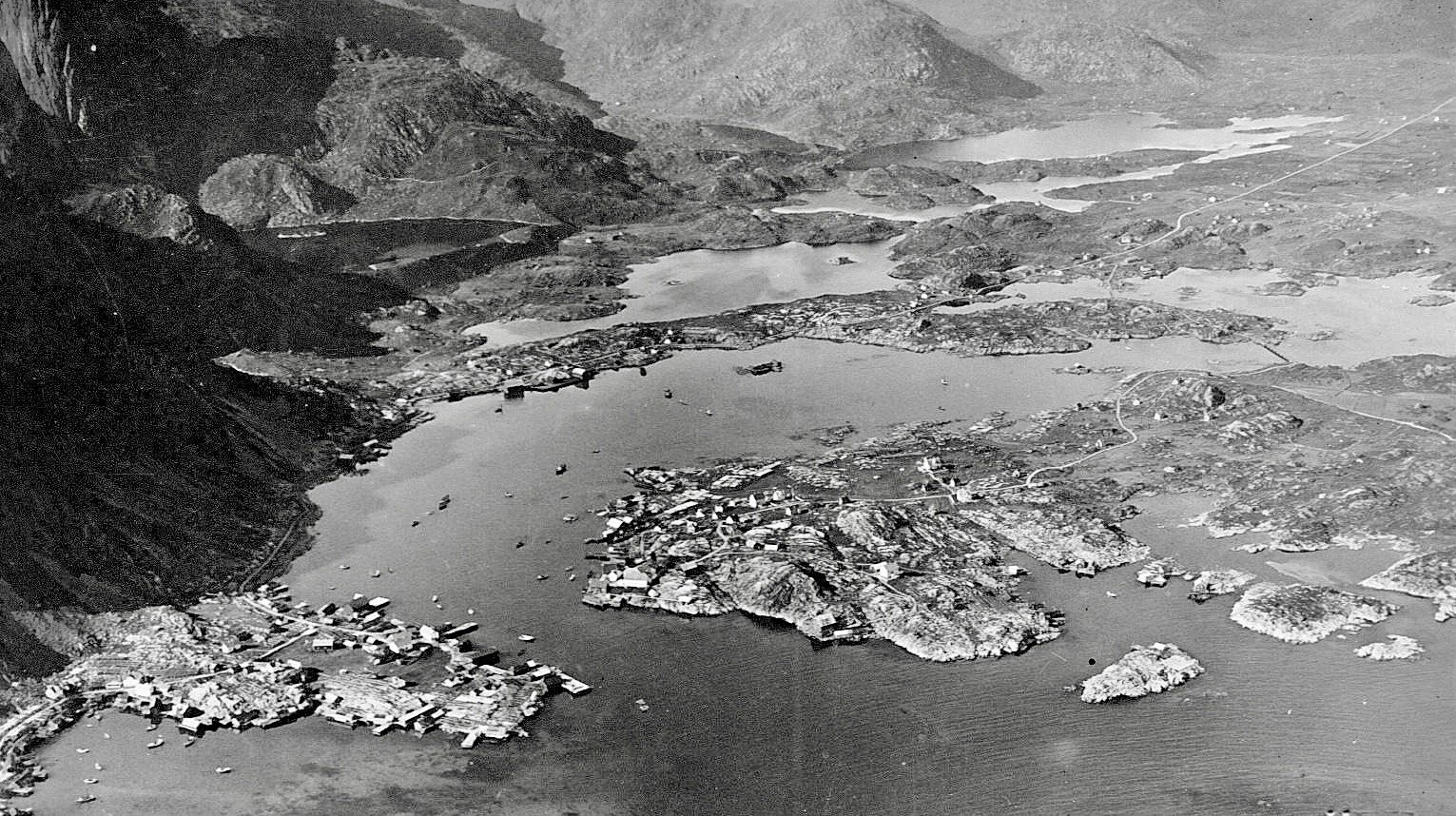
Discover the Enchanting History of Lofoten, Norway
Brief history of Lofoten:
The Ancient Origins of Lofoten: Stone Age to Iron Age
Lofoten's history dates back thousands of years to the Stone Age, when the first evidence of human settlement on the islands emerged. The early inhabitants of Lofoten relied on the rich resources of the land and sea for survival. They engaged in hunting, fishing, and gathering, utilizing stone tools and techniques to sustain their communities. As the region transitioned into the Iron Age, the people of Lofoten embraced metalworking, crafting tools, weapons, and jewelry. Their seafaring skills also advanced during this period, allowing them to explore and trade with neighboring regions.
The Viking Age: Lofoten's Emergence as a Trading Center
From the 9th to the 11th century, Lofoten experienced a significant transformation during the Viking Age. The archipelago's strategic location with sheltered bays and natural harbors made it an ideal center for trade and commerce. Viking seafarers from Lofoten embarked on daring voyages, navigating the treacherous waters of the North Atlantic and establishing trade routes with settlements across Europe. They traded in fish, furs, and other goods, solidifying Lofoten's status as a crucial trading post in the region.
The Middle Ages: Lofoten and the Dried Fish Trade
During the Middle Ages, Lofoten became renowned for its thriving dried fish trade. The abundant cod stocks in the surrounding waters attracted fishermen from near and far. The cod were caught, processed, and dried on large wooden racks called "hjell," creating stockfish that could be preserved for extended periods. This method of preserving cod made it a valuable commodity, and Lofoten emerged as a significant player in the European trade market. Fishing communities flourished, and the picturesque villages that dot the islands today began to take shape, their iconic red and yellow fishermen's cabins becoming synonymous with the region.
The 19th Century: The Fishing Industry Boom
The 19th century marked a period of significant growth in Lofoten's fishing industry. New technologies, such as steam-powered boats and improved fishing gear, enabled larger cod catches and more efficient processing. As the industry boomed, the population of Lofoten expanded, and new towns and villages sprouted up across the archipelago. This era witnessed a remarkable surge in economic activity and development, shaping the modern infrastructure and laying the foundation for the prosperous fishing industry that continues to thrive today.
Lofoten Today: A Popular Tourist Destination and Fishing Hub
Lofoten has transformed into a highly sought-after tourist destination, attracting visitors from around the world. Its stunning natural beauty, characterized by majestic mountains, serene fjords, and pristine beaches, captivates the imagination of travelers seeking an unforgettable experience. The archipelago's charming fishing villages, such as Reine, Henningsvær, and Nusfjord, offer a glimpse into the region's rich maritime heritage.
In addition to its appeal as a tourist destination, Lofoten remains a vital hub for the global fishing industry. Cod and other seafood caught in the waters of Lofoten continue to be processed and exported worldwide, sustaining local economies and traditions.
Conclusion: The history of Lofoten is a captivating tale of human settlement, seafaring prowess, and economic growth. From its ancient origins to its current status as a thriving fishing hub and popular tourist destination, Lofoten's past is deeply intertwined with its present. Exploring the history and culture of this enchanting archipelago adds a layer of depth and appreciation to the breathtaking landscapes and unique experiences that await visitors in Lofoten.
Find the Perfect Accommodation for Your Visit to Lofoten
Renting a car in Lofoten can be a great way to get around and explore the region at your own pace.
Note: If you're arriving by boat at Lofoten Harbor - Leknes, make sure to inform the rental company that you want the car delivered at the harbor, not the airport. When making your booking, you can specify "Lofoten Harbor - Leknes" and your ship's name in the "comment" or "flight number" section.

